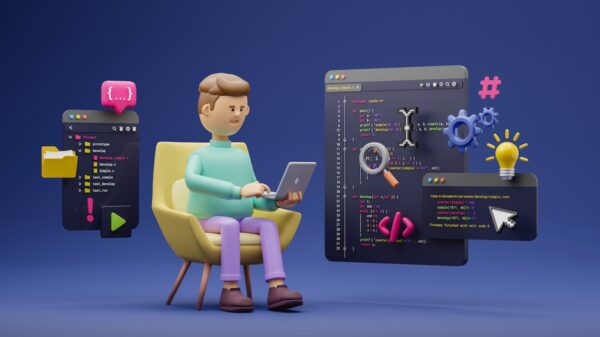If you’re a business owner or part of a supply chain, you’ve probably heard about the underlying benefits of data to take the next steps forward in your company. This is done with the help of software that allows for easier data integration for better business intelligence and analytics to back up decisions. Let’s take a look at how some of these data virtualization tools work and can make for game-changing technology for some businesses.
What is data virtualization?
Data virtualization provides a modern data layer that enables users to access, transform and deliver datasets with breakthrough speed and cost-effectiveness. Data virtualization software acts as a bridge across multiple data sources, bringing information together in one virtual place to fuel analytics. This includes traditional databases, big data sources, and cloud systems. This kind of data integration solution is actually beneficial for a business, in that it costs a fraction of physical warehousing and extract/transform/load time.
With data virtualization, analytics can provide a real-time platform with updated information for visualized and predictive understanding. This allows for more business-friendly data platforms, creating IT structures with technical details that are easy to understand. Virtuality supports multiple lines of business, hundreds of projects, and thousands of users that can increase from project to an enterprise-scale no matter the number of business users in organizations of any size. By creating a standard format, you can get the best out of different sources for proper data movement and governance.
Capabilities of Data Virtualization
There’s so much that data virtualization software can do for a company. Among the capabilities of virtualization is the ability to meet urgent business needs with agile design and development. Businesses need to be able to take any available data and discover relationships never seen before from this source data. Data virtualization tools help to model individual virtual views and services based on the information delivered. Operators can modify as required to validate views and services. These capabilities make things easier for users, automating difficult work, increasing object reuse, and improving solution time.
This high-performance runtime is one of the highlights of data virtualization, invoking a request for an optimized query to execute a single statement. This brings a result in proper form to a user-friendly dashboard, allowing for less replication and real-time analytics at your disposal. The best data virtualization tools cache essential data when appropriate, boosting performance and avoiding network constraints for those with access at all hours of the day. This software makes it easier to browse available data, selecting from a directory of views to improve data quality and usefulness.
Virtualization Use Cases
When looking into the data virtualization use cases that are out there, it’s broken down into three capacities: analytics, operational, and emerging. Analytics use cases incorporate physical data integration prototyping, while also creating a virtual data pipeline with data access and semantic layers. This paves the way for a logical data warehouse, centered on data preparation and with an emphasis on the regulatory constraints on moving data. This makes for easier data governance regardless of the varied data sources out there.
Through operational uses, abstract data access layers and virtual operational data stores offer users a registry-style of master data management. Master data management is instrumental for data scientists to properly come through their information at their disposal, and create offerings that lead to better business decisions. This legacy system mitigation and application data access create a common approach for users of all business intelligence tools. Emerging cases allow for cloud data sharing with an internet-of-things integration and data hub enablement. It’s all about seeing the benefits of data virtualization to forward your platforms.





